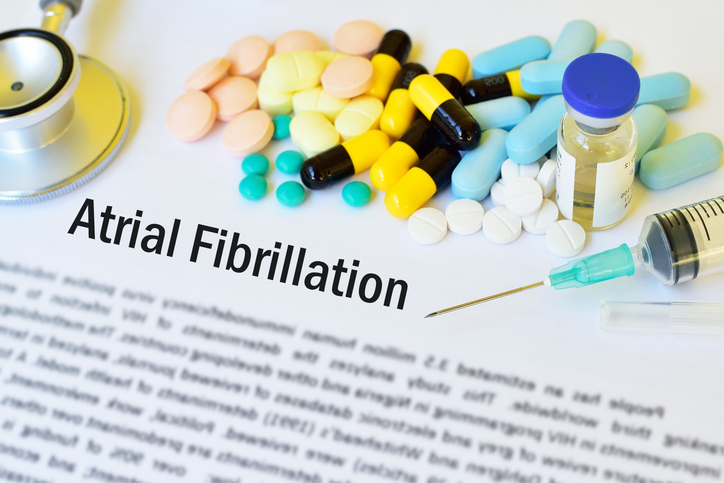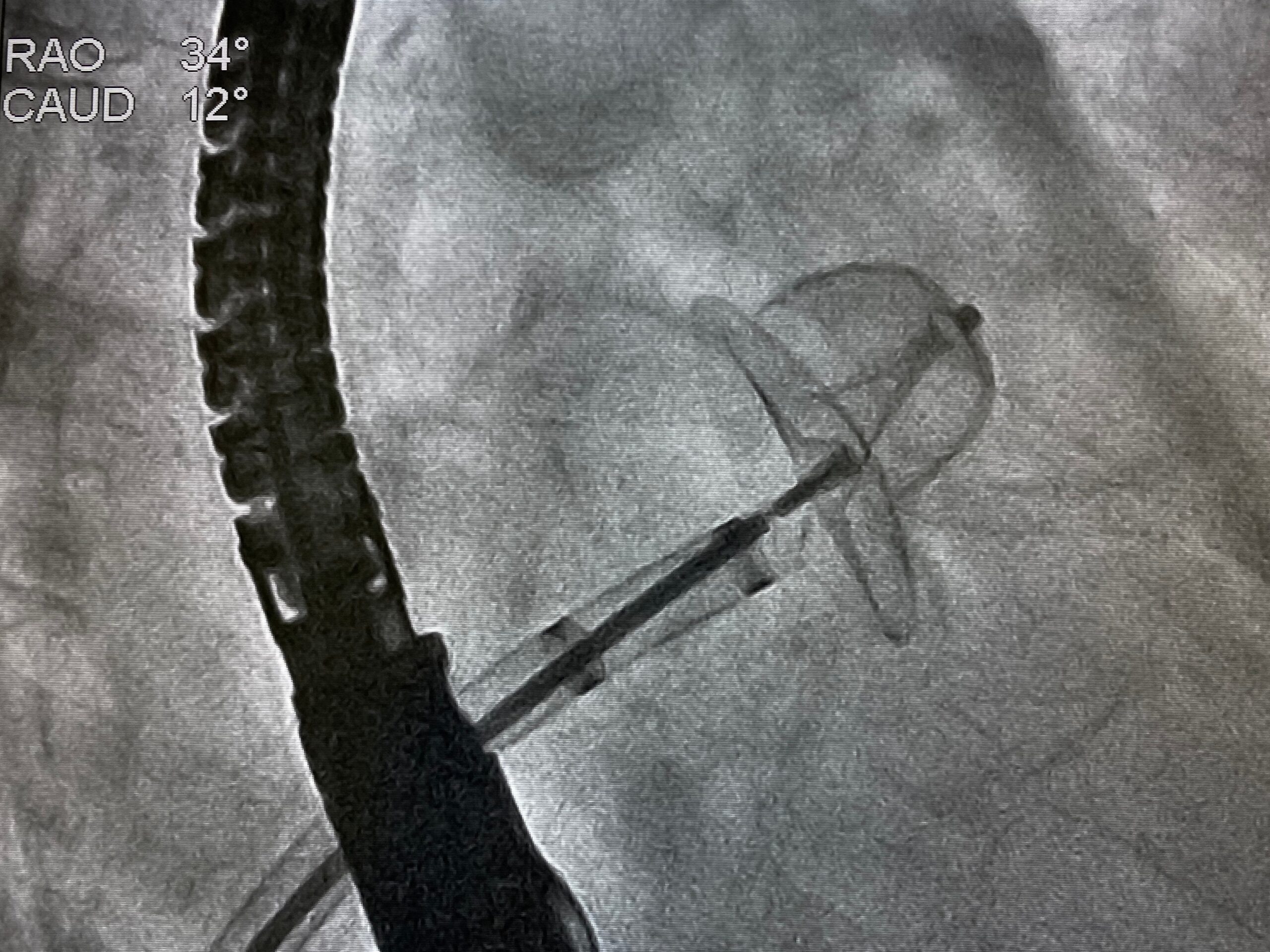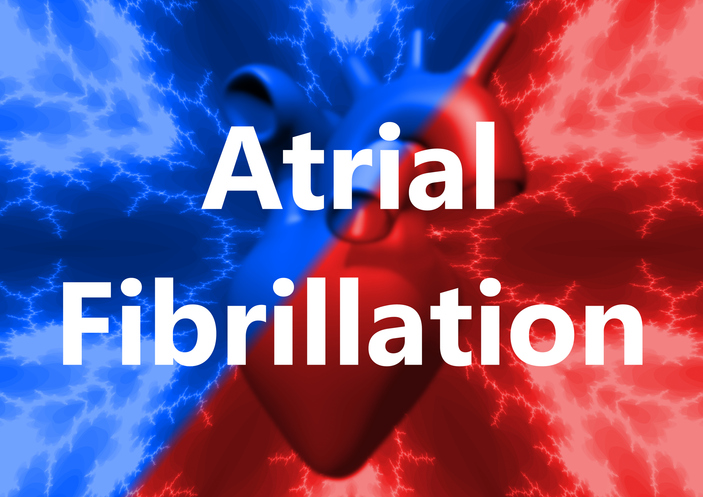
In previous studies, left atrial appendage occlusion (LAAO) was shown to be non-inferior to warfarin; however, according to a recent study’s authors, there is a lack of data comparing LAAO and non-vitamin K oral anticoagulants (NOACs) in patients with non-valvular atrial fibrillation (NVAF).
After conducting a systematic review and meta-analysis, the researchers reported that LAAO improved cardiovascular mortality, major bleeding, and major or non-major bleeding risk outcomes compared to NOACs in patients with NVAF. Their findings were published in Trends in Cardiovascular Medicine.
The authors enrolled 5 studies with 4411 total patients with NVAF. Online databases reviewed included ProQuest, PubMed, and ScienceDirect. Researchers used a random-effects model to estimate pooled effects, as well as a Mantel-Haenszel statistical model to calculate pooled risk ratios (RR) for LAAO vs NOACs.
LAAO Appears Superior to NOACs in NVAF
According to the authors, patients who underwent LAAO showed a significantly reduced cardiovascular mortality risk (RR, 0.56; 95% CI, 0.42-0.75; P<.01) compared to those who received NOACs.
In addition, risk of major bleeding was significantly lower in the LAAO group compared with the NOACs group (RR, 0.66; RR, 0.53-0.82; P<.01). Lastly, LAAO was also associatedw ith a significantly lower risk of major bleeding or non-major bleeding compared with NOACs (RR, 0.66; 95% CI, 0.54-0.81; P<.01).
Ultimately, the authors stated “LAAO was superior to the NOACs in reducing cardiovascular mortality, major bleeding, and major or non-major bleeding risks in non-valvular AF patients,” and they closed with the suggestion that, “in high-risk for thromboembolism and bleeding patients, LAAO can be considered first as a long-term treatment strategy.”
Find More Atrial Fibrillation News on the Atrial Fibrillation Knowledge Hub







 © 2025 Mashup Media, LLC, a Formedics Property. All Rights Reserved.
© 2025 Mashup Media, LLC, a Formedics Property. All Rights Reserved.